
Ghosn’s Escape from Japan: How Did He Do It?
The details of how former Nissan CEO Carlos Ghosn escaped from Japan in violation of his bail have emerged, and it's a pretty unbelievable story!


The details of how former Nissan CEO Carlos Ghosn escaped from Japan in violation of his bail have emerged, and it's a pretty unbelievable story!
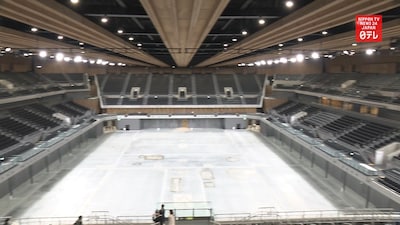
We've got your sneak peek at the volleyball and wheelchair basketball venue for the Tokyo 2020 Olympic and Paralympic Games.
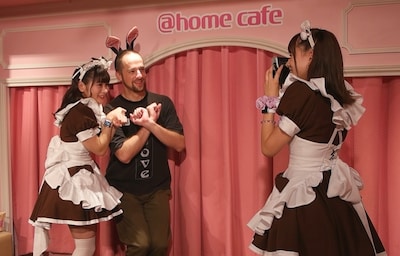
You only live once, so you might as well go to a maid cafe at least once too. At @home cafe, surround yourself with cute maids in cute outfits, serving you cute food in a cute manner. Did we mention it's all so very cute!
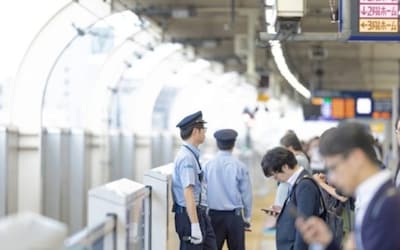
Every year, commuters participate in an annual survey to determine the most aggravating behaviors observed on trains and at stations. Learn what not to do on Japanese transportation with the 2019 poll results.

It’s all about fortune and fun for the first New Year of Reiwa!
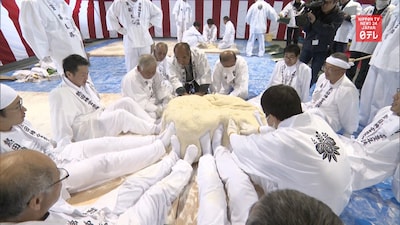
Farmers in central Japan were busy pounding giant rice cakes for Atsuta Shrine at the end of the year.
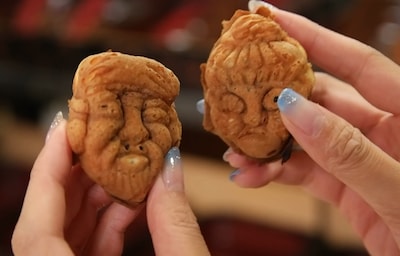
Most first-time visitors tend to overlook Ningyocho, but this historical district hides some of the best traditional Japanese street foods in Tokyo.
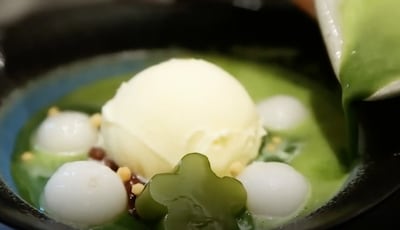
Take your senses on a journey at Matoi, a traditional Japanese dessert café in Asakusa. With over a century perfecting timeless Japanese classics like matcha, mochi and red beans, you know it'll be good.
